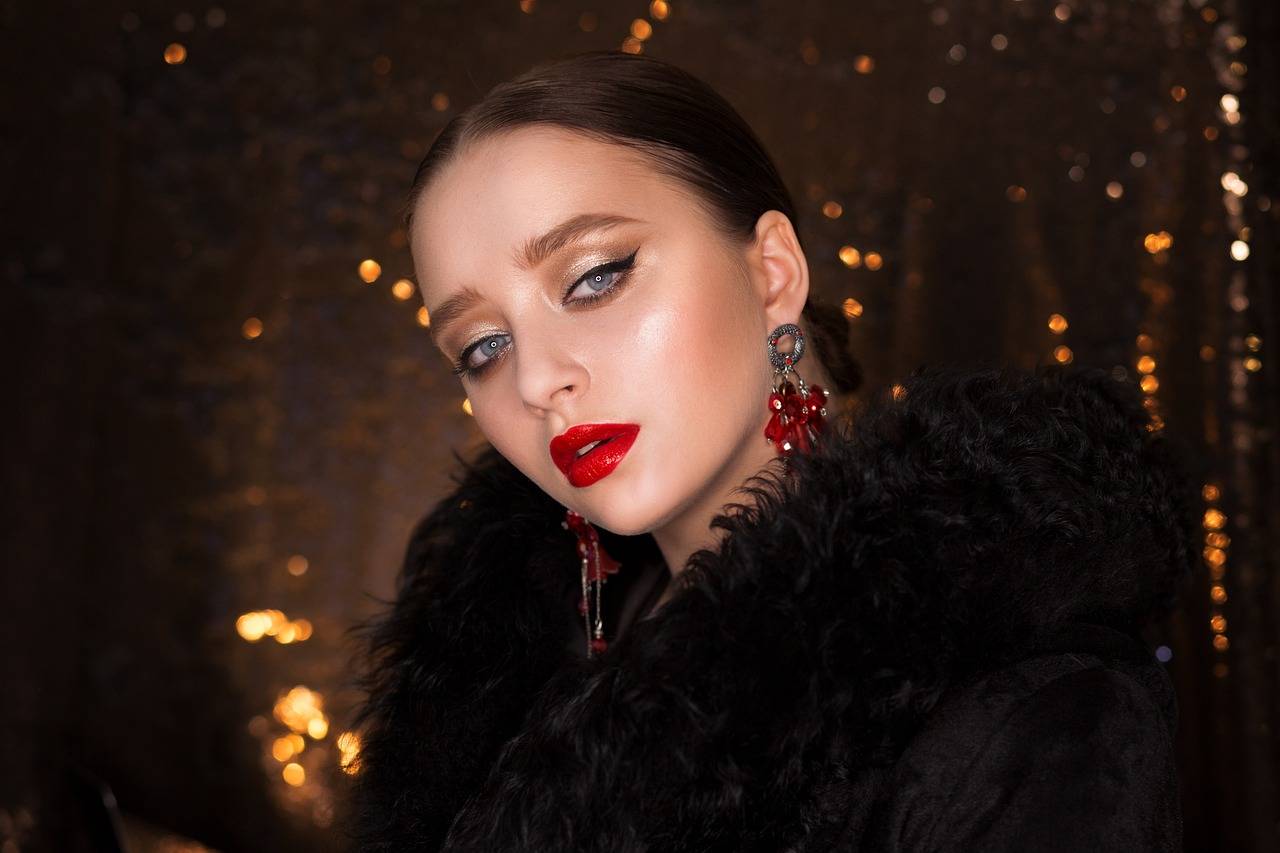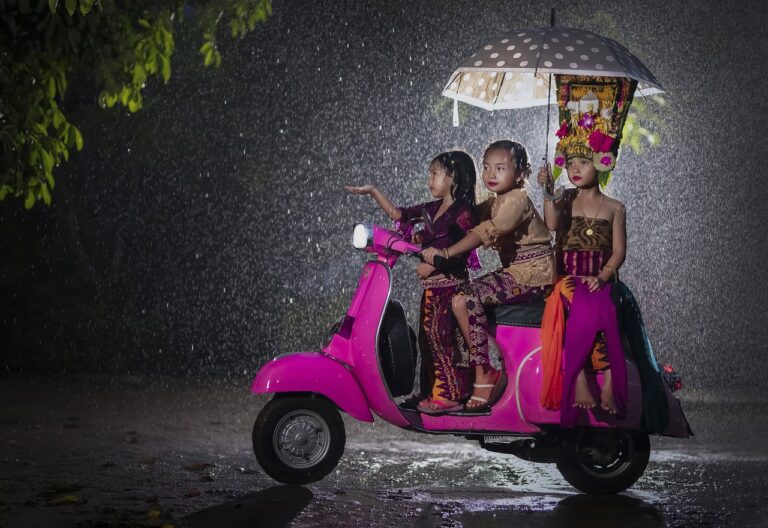The Impact of Virtual Reality on Fashion Retail Experiences
Virtual reality has revolutionized the way fashion retail operates, offering a unique and immersive shopping experience for customers. Through virtual reality technology, shoppers can virtually try on clothes, accessories, and even experiment with different styling options without physically being in a store. This not only enhances the convenience for customers but also increases their engagement with the brand and products.
Moreover, virtual reality in fashion retail allows for personalized shopping experiences tailored to individual preferences and tastes. By using VR technology, retailers can gather data on customer behavior and choices, enabling them to offer personalized recommendations and create a more targeted marketing strategy. This level of customization fosters a deeper connection between the customer and the brand, ultimately leading to increased sales and customer loyalty.
Enhanced Customer Engagement
Virtual reality (VR) technology has revolutionized the way fashion retailers interact with customers. By immersing shoppers in a virtual environment, brands can offer a unique and engaging shopping experience that goes beyond what traditional retail stores can provide. Customers are able to visualize and try on clothing items virtually, leading to a more interactive and personalized shopping journey.
Moreover, VR enhances customer engagement by allowing users to customize their avatar and explore different styles and combinations, fostering a sense of empowerment and creativity. This level of personalization not only boosts customer satisfaction but also strengthens brand loyalty as shoppers feel more connected to the brand and its products. The ability to interact with virtual environments and products in a realistic way creates a memorable and immersive experience that sets fashion retailers apart in a competitive market.
How can virtual reality enhance customer engagement in fashion retail?
Virtual reality can enhance customer engagement in fashion retail by providing immersive and interactive shopping experiences, allowing customers to virtually try on clothes, explore different products, and even participate in virtual fashion shows.
What are the benefits of using virtual reality in fashion retail?
Some of the benefits of using virtual reality in fashion retail include increased customer engagement, improved brand loyalty, reduced return rates, and the ability to showcase products in a unique and engaging way.
How does virtual reality technology work in fashion retail?
Virtual reality technology in fashion retail typically involves using headsets or other devices to create a computer-generated environment that simulates a physical store or fashion show. Customers can interact with the virtual environment and explore products as if they were in a real store.
Are there any drawbacks to using virtual reality in fashion retail?
While virtual reality can enhance customer engagement, there are some drawbacks to using this technology in fashion retail, such as the cost of implementing and maintaining VR systems, potential technical glitches, and the need for customers to have access to VR devices.
How can fashion retailers effectively integrate virtual reality into their marketing strategies?
Fashion retailers can effectively integrate virtual reality into their marketing strategies by creating engaging VR experiences that align with their brand image, promoting these experiences through social media and other channels, and continuously updating and improving their VR content to keep customers interested.





